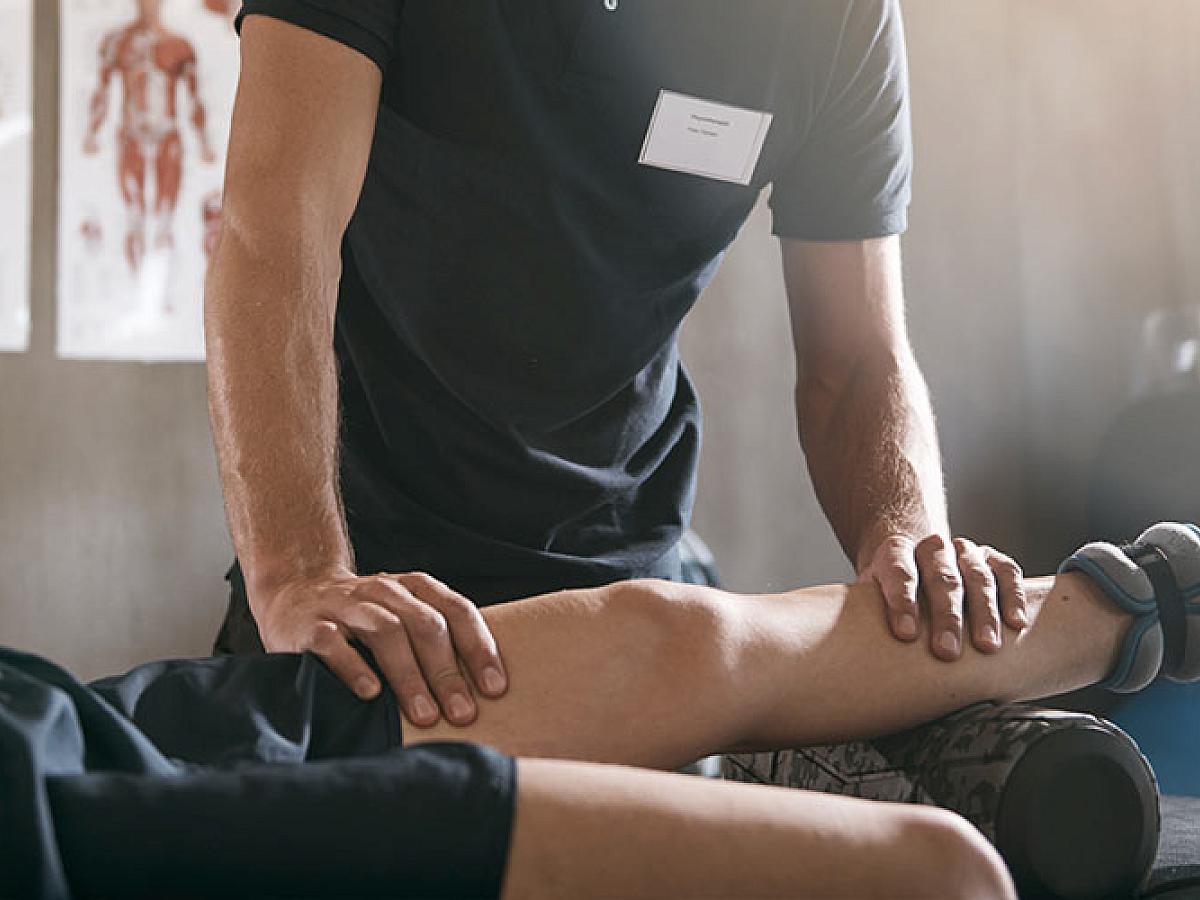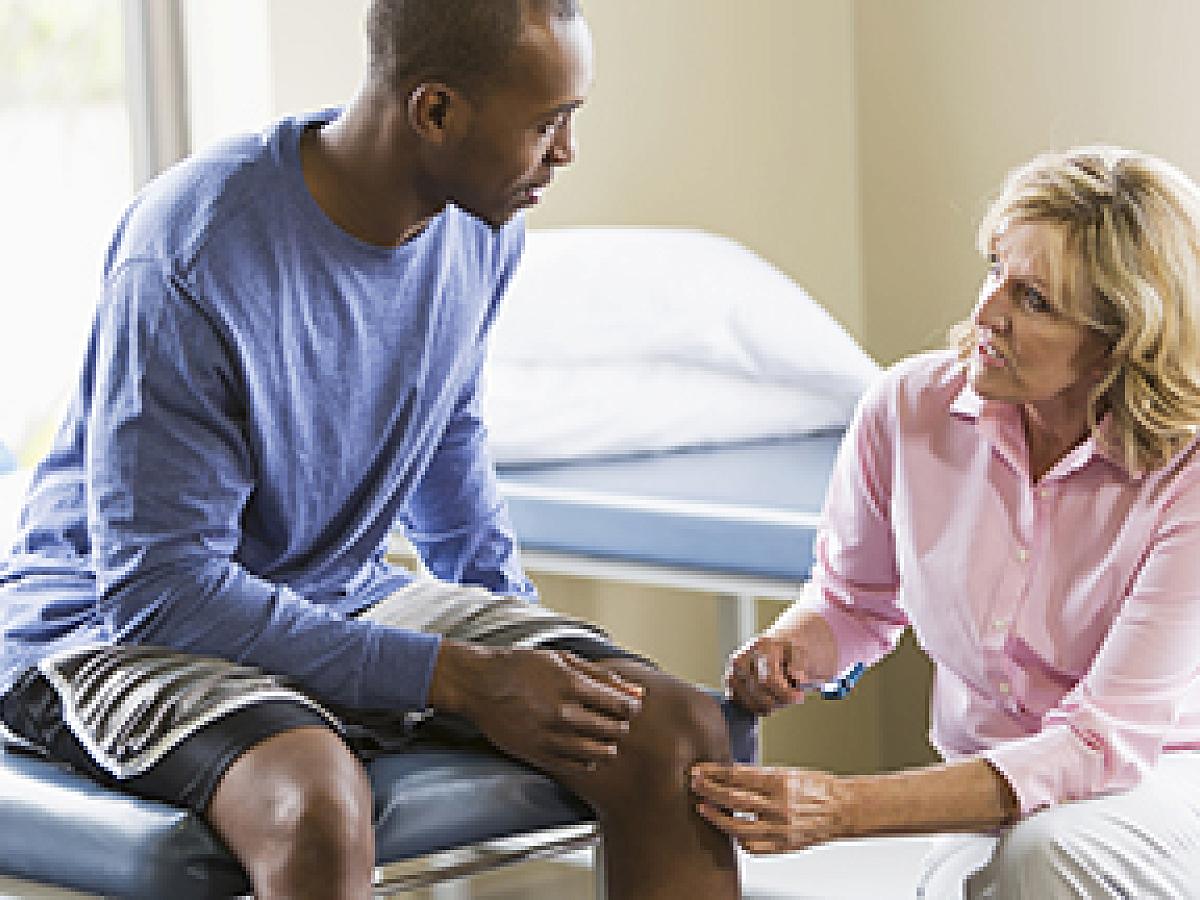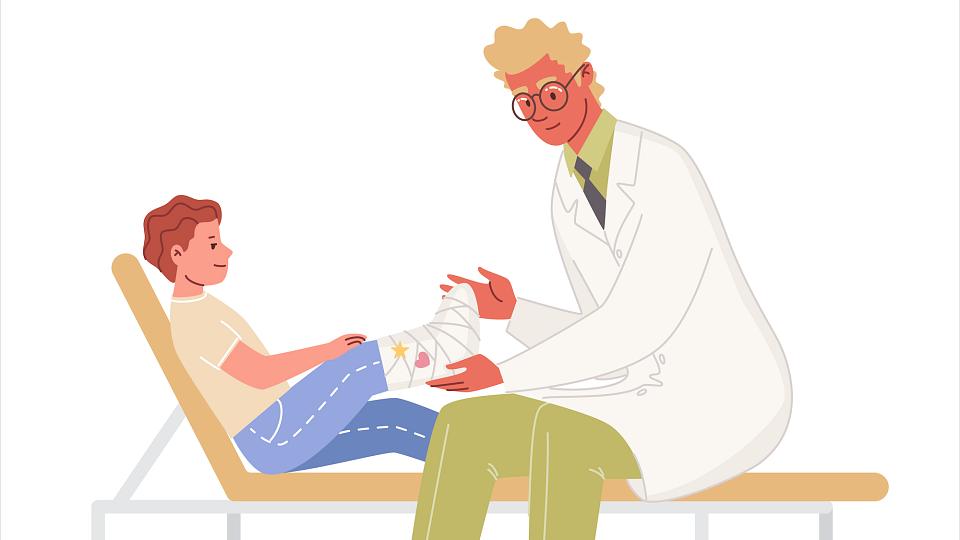
Is a Fracture a Break?
A fractured bone is the same thing as a broken bone.
Fracture Causes
Anybody can break a bone at any age. The most common causes of a bone fracture include:
- falls,
- car accidents,
- sports injuries, and
- repetitive activities such as running, which can lead to stress fractures.
Fracture Risk Factors
Age and gender influence a person’s risk of fracturing a bone. For example, with women, menopause can cause estrogen loss, which may weaken bones.
Other risk factors that increase your risk of a bone fracture include:
- smoking;
- excessive alcohol use (more than three drinks a day);
- other medical conditions, such as osteoporosis, rheumatoid arthritis, inflammatory bowel disease, diabetes, and celiac disease; and
- medications that weaken the immune system, such as chemotherapy drugs and chronic steroids.
Types of Fractures
Providers use the following terms to describe different types of fractures.
- An open fracture is when the injury breaks open the skin.
- A closed fracture is when the injury does not break open the skin.
- A complete fracture is when the bone is broken into two pieces.
- A partial fracture is when the bone is not broken all the way through.
- A displaced fracture is when the broken ends of the bone change in alignment.
- With a stress fracture, the bone has a crack in it due to repetitive forces. This can be difficult to see on an X-ray.
- Growth plate fractures are injuries to small areas of tissue at the end of long bones in children. Growth plates change over time and determine the length and shape of the bone when a child is fully grown. They are not as hard as bones so they get injured more easily. Growth plates may not heal correctly without treatment, which will lead to abnormally shaped bones or shorter bones as an adult.
Bone Fracture Symptoms

The symptoms of a bone fracture vary depending on which bone is broken and how serious the break is. Common symptoms of bone fractures include:
- severe pain;
- a noticeable deformity, such as a bump, bend, or twist in the bone;
- swelling or bruising;
- numbness and tingling; and
- problems using the limb or putting weight on it.
How to Tell if a Bone Is Fractured or Bruised
A bone bruise (sometimes called a contusion) is an injury to the surface of the bone. It is less serious than a fracture but can be painful and uncomfortable. In a bone bruise, blood and fluid build up in the injured area, which causes your skin to discolor and swell.
What to Do if You Think You Have a Bone Fracture
If you think you may have a bone fracture, seek medical care right away. Depending on the severity of your symptoms, you can:
- make an appointment at an orthopedic clinic, such as the Ortho Injury Clinic at University of Utah Health;
- make an appointment with an orthopedic specialist at University Orthopaedic Center in Salt Lake City or our satellite health centers in Farmington, Madsen, Redwood, South Jordan, or Sugarhouse;
- go to an urgent care center; or
- go to an emergency department if you notice a break in the skin with bleeding and/or potentially exposed bone.

Diagnosing a Bone Fracture
Doctors diagnose a bone fracture by doing a physical exam and taking X-rays. Sometimes more advanced testing such as magnetic resonance imaging (MRI) may be needed to make an accurate diagnosis and develop a personalized treatment plan.
Find an Orthopedic Specialist
Fracture Treatment
The goal of treatment is to help the bone heal in its natural, aligned position. Non-surgical methods include:
- a cast, which surrounds the broken bone with hard protection;
- a splint, which protects just one side of the bone; and
- a boot, which adds stability and protection while you walk.
More complex breaks may require surgery. Your orthopedic surgeon may need to stabilize the broken bone with various forms of internal fixation such as screws, plates, rods, and more.
Physical therapy can help the recovery process. It typically focuses on
- building strength,
- improving range of motion, and
- improving mobility.
Broken Foot & Ankle Treatment
Broken bones in the foot and ankle require expert care, especially if the injury is severe. University of Utah Health has four fellowship-trained orthopedic foot and ankle surgeons who specialize in lower extremity injuries, including complex reconstruction surgeries. They offer next-day appointments and provide personalized, well-coordinated treatment plans designed to get people back to the activities they enjoy as soon as possible.
Schedule an Appointment
At U of U Health, our highly experienced orthopedic surgeons, physician assistants, physical therapists, and certified athletic trainers work together to provide well-coordinated care for people with fractured bones. We see patients at locations throughout the region and can get patients in quickly, often within a day of the injury.
You can make an appointment with one of our orthopedic specialists by calling 801-587-7109. Before making an appointment with a U of U Health specialist, check your insurance plan to see if you need a referral.
What To Expect At Your Orthopedic Appointment
We provide expert care and orthopedic evaluations for adults, adolescents, and children who are experiencing problems of the bones and joints. Our orthopedic specialists diagnose and treat everything from simple sprains and strains to complex conditions.
Resources for Our Patients
When Should You See a Sports Medicine Doctor?
Everyone has a body. To take care of it, you'll need to stay active. But no matter how careful you are, at some point or another, you may injure yourself. Should you see a doctor right away? Or is it better to take it easy and wait for the injury to heal on its own?
What Does an Orthopedic Doctor Do?
If you play sports, are in your 40s or 50s, or have family and friends who are physically active, you’ve probably heard of the word "orthopedics.” But do you know what orthopedic doctors really do? And how do you know if you could benefit from seeing one?
All Clinics & Programs
University Orthopaedic Services offers multiple specialized clinics to treat the athletes in your life. Swimmers, dancers, golfers, runners, and more—we aim to keep you in the game, on the court, or leading your best life no matter what sport you choose.





